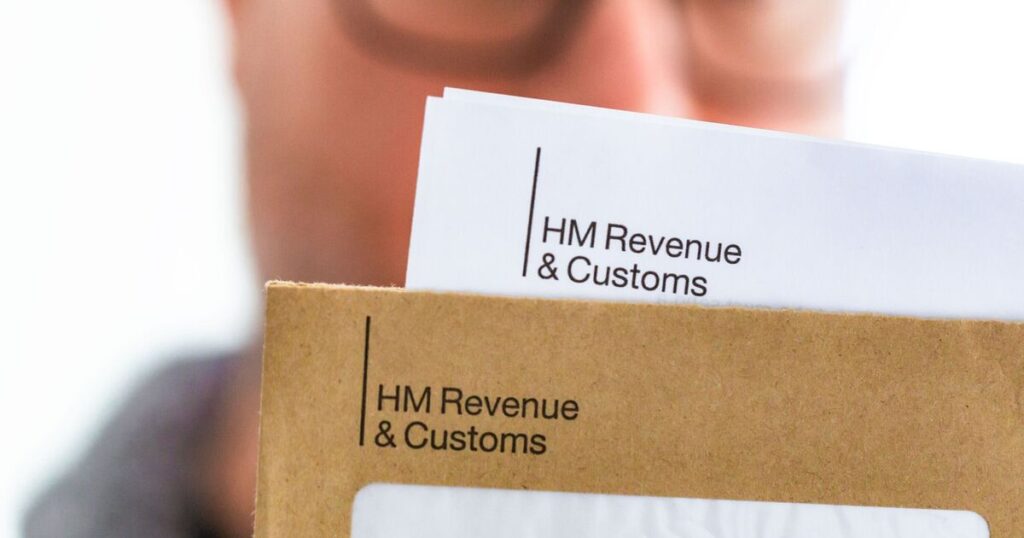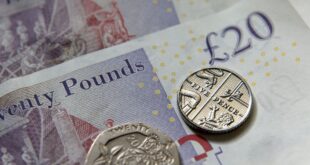
Britons with more than £14,500 in savings accounts have been warned they could face unexpected tax bills this year, as rising interest rates push more people above their tax-free limits.
With the average savings rate now at 3.53% AER, higher-rate taxpayers could easily earn more than £500 in interest, the threshold where tax becomes due. The Personal Savings Allowance (PSA) lets basic-rate taxpayers earn up to £1,000 of interest tax-free, but this drops to £500 for higher-rate taxpayers and disappears entirely for additional-rate taxpayers. Recent increases in both interest rates and the number of people falling into the higher income tax bracket mean more savers risk exceeding their PSA and facing tax they might not expect.
According to the latest HM Revenue and Customs (HMRC) data, over seven million people are now expected to fall into the higher-rate tax band, putting more at risk of breaching the lower PSA. Adam French, consumer expert at Moneyfactscompare.co.uk, said: “The latest statistics from HMRC show how important it is for savers to be aware of their tax liability.
“With the Moneyfacts Average Savings Rate currently at 3.53% AER, higher rate taxpayers with more than around £14,500 saved could expect to earn more than £500 in interest this tax year and could therefore find themselves footing an unexpected tax bill.”
A savings pot worth £14,500 with an interest rate of 3.53% interest would earn just over £511 a year, nudging a higher-rate taxpayer above their £500 allowance and leaving them liable for tax on the extra interest.
Meanwhile, £20,000 saved at 3.53% interest would earn around £706 a year, putting a higher-rate taxpayer well above their allowance.
It isn’t just higher-rate taxpayers who need to be alert. Basic-rate taxpayers can earn up to £1,000 in savings interest tax-free before tax kicks in. But with some savings accounts now offering 5% or more and rates remaining higher for longer, even modest nest eggs could push people over these limits.
Any interest over your allowance is taxed at your marginal rate and may need to be declared to HMRC, especially if you complete a self-assessment.
However, Mr French said there are ways to avoid the tax sting. He explained: “Plenty of savers can avoid this tax bill by making use of their yearly ISA allowances, with cash ISAs keeping the savings of millions of people free from tax.
“They shouldn’t expect a raw deal either with some of the top paying easy access cash ISAs paying as much as 5% AER interest once introductory bonuses are taken into account, for example.”
The annual ISA allowance currently stands at £20,000 per tax year, allowing savers to protect a significant sum from the taxman. Savers are urged to review how much interest they’re likely to earn this tax year (which runs from April to April) and consider shifting funds into a cash ISA where possible.
 Latest World Breaking News Online News Portal
Latest World Breaking News Online News Portal






